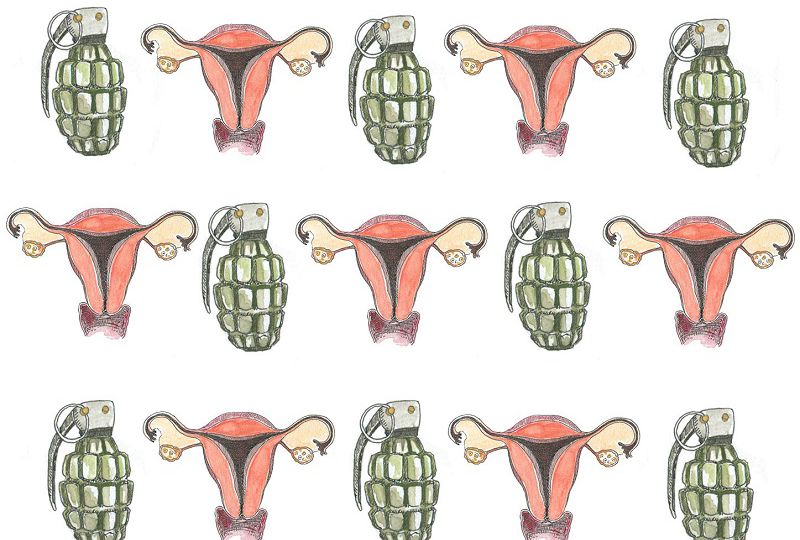
“Tell us, they’ll come and say to me. So we may understand and close the case. They’re wrong. It’s only what you do not understand that you can come to a conclusion about.”
– from ‘Miss Smilla’s Feeling For Snow’ by Peter Høeg
With Assisted Reproductive Technologies, science has managed to use technology to prise apart previous associations between reproduction and sex. With gender, class and queer theory, the social sciences have prised apart previous associations between gender and sex. We have found that knowledge through science, like knowledge of sexuality, can’t be pinned down to absolutes. “The more you know, the more you know you don’t know,” said Aristotle. While science may value the systematic and objective, it cannot escape the baffling convolutions of lived experience. How does life influence knowledge, and knowledge influence life?
Chayanika Shah brings the issue into focus in her article on how scientists use the social norm of the time to understand and define the natural world, and society in turn uses this understanding of ‘nature’ to justify social norms.
Shikha Aleya pulls on her boots and goes on a hunt for a sexuality-informed approach to science, and brings home the message: the tomorrow we were hoping for is here, folks! Ashima Mittal, Oshin Siao Bhatt and Kristin Francoeur, however, don’t quite agree that tomorrow is here just yet. Ashima points out that new reproductive technologies like surrogacy are painted in bright colours that cover uncomfortable truths of social disparities and exploitation. Oshin beams her headlights onto the road ahead for egalitarian and sustainable innovations to menstrual hygiene in a world where women still can’t overcome personal shame about and societal neglect of their bodily functions and needs. Kristin writes a thought-provoking piece on how women are not trusted to be able to apply the results of technology on their own bodies, even technology that they themselves discover or invent.
In her I Column, Kavya Kartik looks back at her experience as a scholar of science in a disturbingly gendered and insensitive environment that allowed no space for her to thrive. Divya Swaminathan’s personal account of sexual harassment at her workplace demonstrates how the world of scientific research can be hostile to and discouraging of women.
On the Video Page is an endearing short film on Arunachalam Muruganantham, known by his unrelenting inventiveness as India’s Menstruation Man. The Featured Video of the month is a clip of a pertinent statement by Sachini Perera of ARROW on the need for a human rights-based approach to science, technology and innovation.
Two FAQs feature in the Corners section: one on challenging the medicalisation of sex, and another a journal on feminist economic perspectives.
In the mid-month issue is Shaifali Agrawal’s interview with Shubha Tole from the Tata Institute of Fundamental Research on paths only female scientists navigate. Pooja Paul investigates the real reasons why there are so few great female scientists.
Vani Viswanathan, in her review of Tamil cinema, studies the sexuality of its archetype of the female scientist. Anthropologist Lucie Bernroider offers evocative notes from the field about how single women in Delhi traverse the complicated terrain of sexuality.
The Hindi section contains a translation of Oshin Siao Bhatt’s July 1st article on innovations in menstrual hygiene. Another Hindi article features in the Blog Roll – a translation of Chayanika Shah’s 2014 interview by Vivek Vellanki on her thoughts and experiences in the world of science.
Two other articles in our Blog Roll for the month: an excerpt of a feature on ace middle-distance runner Santhi Soundarajan and the fallacies and confusions about the definition of sex, and The Indian Girl’s Guide to Science, Technology, Engineering and Math.
Next month’s issue is on the many ways in which there are connections between Attire and Sexuality.
Until then, happy reading!
The TARSHI Team
—
Cover image courtesy The Walrus